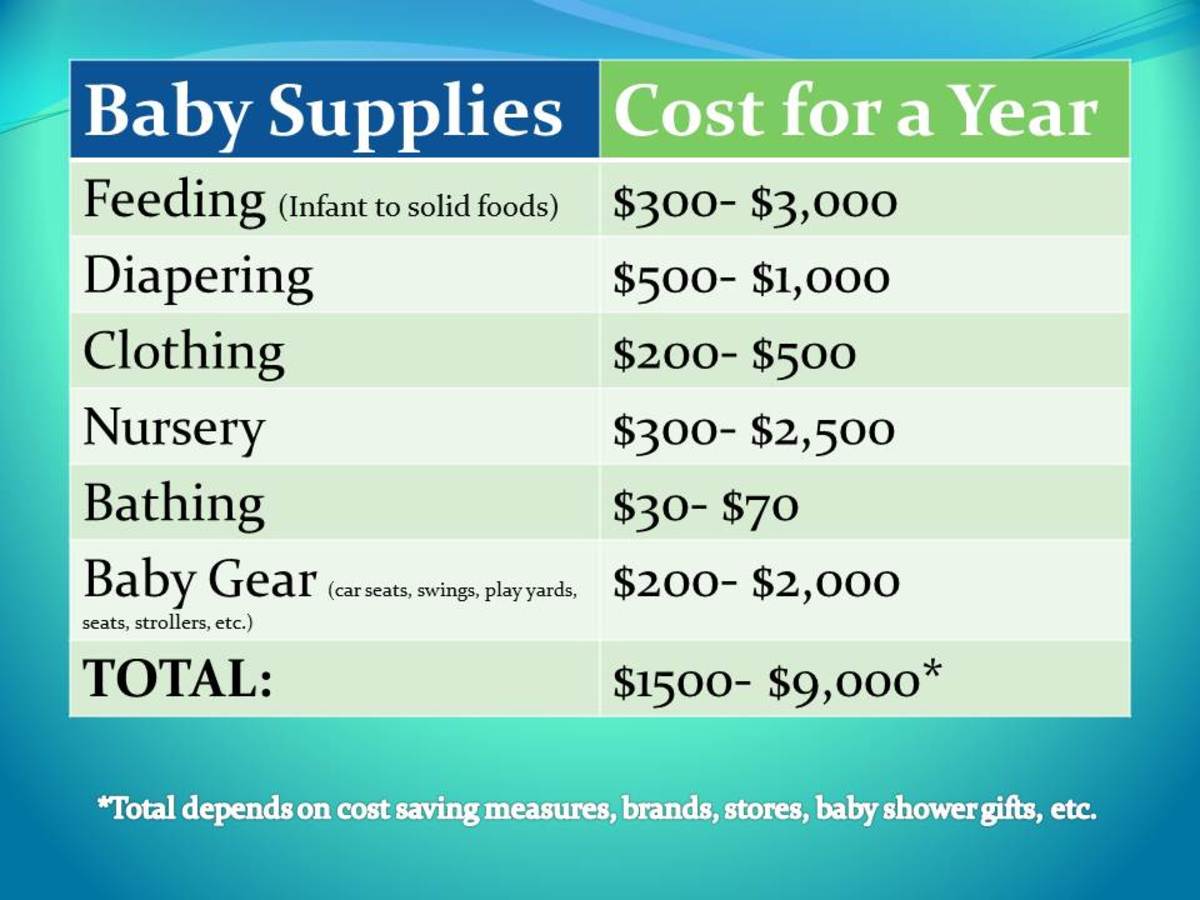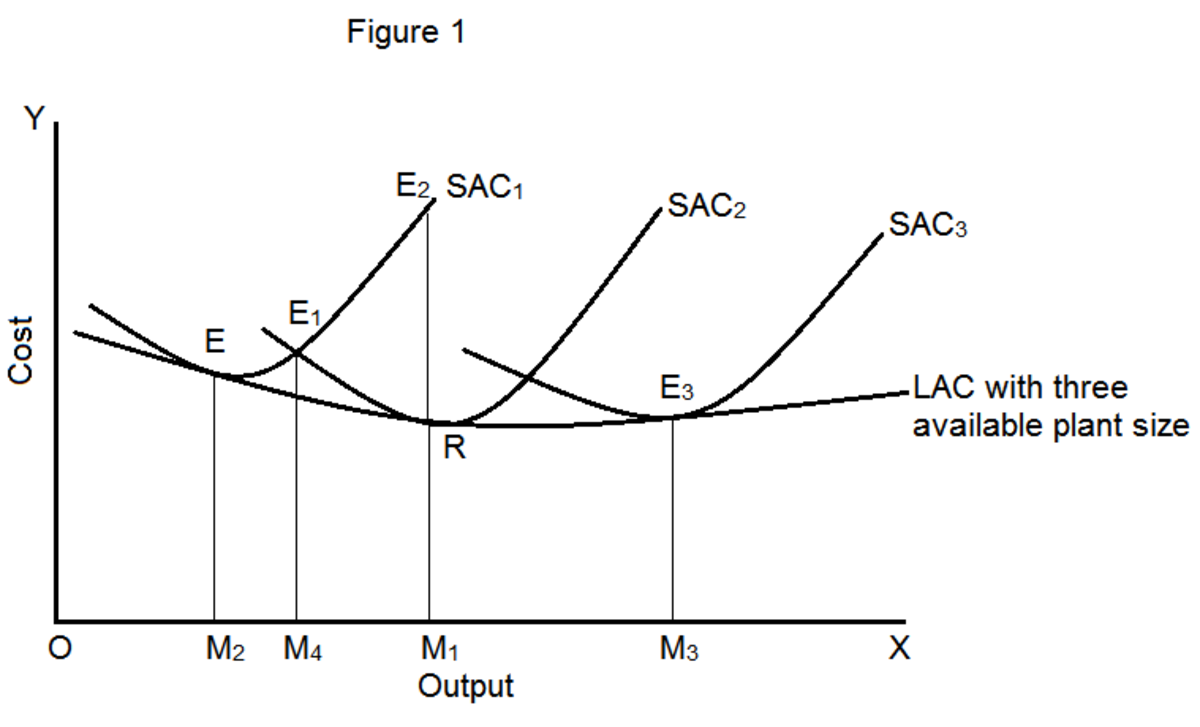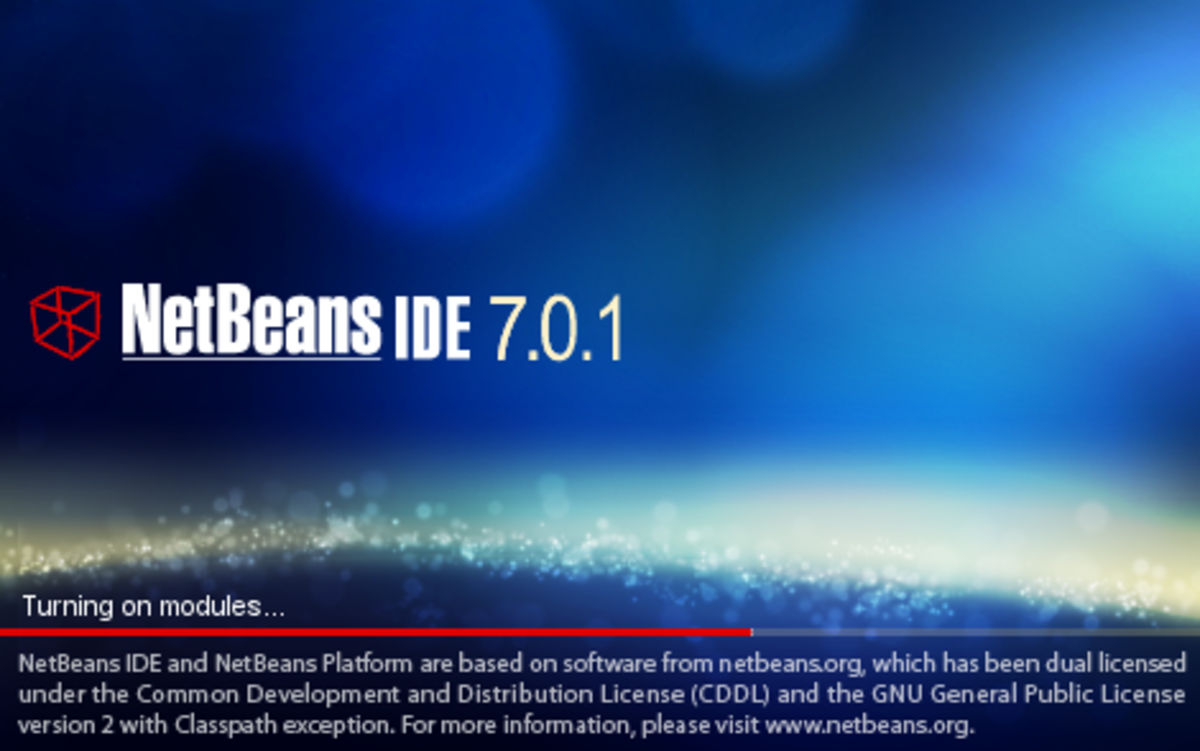THE SHORT-RUN PERIOD AND COSTS: TOTAL COST, TOTAL FIXED COST AND TOTAL VARIABLE COST AND THE SHORT-RUN AVERAGE COST
The short-run by definition is the period of time over which the input of some factors called fixed factors cannot be varied. In the short-run output level can be varied by using more or less of the variable input. The factor that is fixed in the short-run is usually an element of capital such as machinery and equipment. It might however, also be land or the services of management. The variable inputs have labor and raw materials as some examples. In the short-run therefore, there are two types of input which are the fixed input and variable input.
By implication, there are two types of cost in the short-run. These are fixed cost (on the fixed inputs and variable cost (on the variable inputs). The total cost (TC) in the short-run is therefore the sum of the total fixed cost (TFC) and total variable cost (TVC), i.e. TC = TFC + TVC. The TFC is the sum of the expenditure on the fixed inputs and the TVC is the expenditure on the variable inputs.
The TFC does not depend on output. This means in the short-run whether production takes place or not, the producer must meet his /her fixed cost obligations – rent on building, interest on capital and payment to management. In other words, at zero output the fixed cost must still be borne. The TFC is therefore constant as shown in the table below and its curve is horizontal with cost and output on vertical and horizontal axis respectively. To produce more in the short-run, more variable inputs such labor and raw materials must be increased. This means the expenditure on these inputs will rise as output is increased. The TVC varies with variations in output. The TVC rises slowly at first due to increasing returns and then rises faster later owing to the law of diminishing returns (see Production Theory: Production In The Short-run and the Law of Diminishing Returns). This is because, initially as the amount of the variable inputs on the fixed input is increased, the variable inputs are combined in their most uneconomical proportions with the fixed input. More is therefore added to output than to cost, hence the marginal cost (MC) falls. The marginal cost is the addition to the total cost as a result of increasing output by one more unit. MC = ∆TC ÷ ∆Q where Q is the output produced, ∆TC and ∆Q are changes in total cost and output respectively. As the marginal cost (MC) falls, the TVC increases at a diminishing rate.
As more variable inputs are employed on the fixed input, diminishing returns set in at later stages of production, because too many variable inputs are employed on the fixed input which is now overused. This causes the marginal cost to rise and as the marginal cost rises, the TVC rises at a faster rate. The STC curve has the same features as the TVC curve. This is because the TVC is added to a cost which is fixed and therefore the TFC could not influence the behavior of the STC. The table below explains the relationship between output and costs. The TFC as mentioned earlier is a fixed figure so that if for example it is $10,000 then at zero output it is still $10,000 and the same at any other output level. Using the formula for MC above, MC at output 10 = (12000 – 10000) ÷ (10 – 0) = 2000 ÷ 10 = 200 etc. See table below.
The Short-run Average Total Cost (Average Cost)
The short-run Average Total Cost or simply short-run Average cost (SAC) is the total cost of producing any given output divided by the number of units produced. It is the cost per unit of output.
Thus SAC = STC ÷ Q …….. (1) where Q is the output level produced and SAC, STC are as defined earlier. But STC = TFC + TVC…….. (2).
Substituting equation (2) into (1), we have:
SAC = (TFC + TVC) ÷ Q. Thus SAC = (TFC÷Q) + (TVC÷Q). Hence SAC = AFC + AVC where AFC and AVC are Average Fixed Cost and Average Variable Cost respectively. The AFC falls faster initially and later falls at a decreasing rate. Its shape is that of a rectangular hyperbola. This is because the fixed costs are spread over the output level and as output increases further the AFC falls at an insignificant rate. The AVC falls initially, attains a minimum and thereafter rises. It is therefore U-shaped. The AVC falls initially due to increasing returns, attains a minimum due to constant returns and rises thereafter due to diminishing returns. The SAC is above the AFC and AVC and is U-shaped as well when drawn. See table below.
Table 22a: Relationship Between Output And Costs
Output Per Week (Units)
| Total Fixed Cost (TFC) $
| Total Variable Cost (TVC) $
| Total Cost (TC) $
| Marginal Cost (MC) $
|
|---|---|---|---|---|
0
| 10000
| -
| 10000
| -
|
10
| 10000
| 2000
| 12000
| 200
|
20
| 10000
| 3400
| 13400
| 140
|
30
| 10000
| 4400
| 14400
| 100
|
40
| 10000
| 5400
| 15400
| 100
|
50
| 10000
| 6750
| 16750
| 135
|
60
| 10000
| 8600
| 18600
| 185
|
70
| 10000
| 11000
| 21000
| 240
|
80
| 10000
| 14000
| 24000
| 300
|
90
| 10000
| 17900
| 27900
| 390
|
100
| 10000
| 23000
| 33000
| 510
|
110
| 10000
| 29600
| 39600
| 660
|
120
| 10000
| 38800
| 48800
| 840
|
Table 22(b): Relationship between Output And Cost
Output Per Week (units)
| Average Fixed Cost (AFC)$
| Average Variable Cost (AVC)$
| Average Total Cost (ATC)$
|
|---|---|---|---|
0
| |||
10
| 1000
| 200
| 1200
|
20
| 500
| 170
| 670
|
30
| 333
| 147
| 480
|
40
| 250
| 135
| 385
|
50
| 200
| 135
| 335
|
60
| 167
| 143
| 310
|
70
| 143
| 157
| 300
|
80
| 125
| 175
| 300
|
90
| 111
| 199
| 310
|
100
| 100
| 230
| 330
|
110
| 91
| 269
| 360
|
120
| 83
| 323
| 406
|











